Leg Referral Pain
Book NowWHAT IS REFERRED LEG PAIN?
When experiencing discomfort in our legs, it’s often tempting to attribute the pain directly to a problem within the leg itself. However, the human body is a complex network where pain can be referred from one area to another, making the true source of discomfort sometimes elusive. This phenomenon, known as referred pain, can lead to surprising discoveries about the interconnected nature of our bodily systems, particularly between the spine, its nerves, and the lower extremities.
WHAT ARE LEG REFERRAL PATTERNS?
When dealing with the concept of referred pain understanding the different patterns each pain-generating tissue can produce is crucial in diagnosing and treating leg pain. Leg referred pain is commonly produced by structures in the spine, such as lumbar discs, facet joints, muscles, and sacroiliac joints, and spreads into the extremities. It is typically described as a dull, achy, and pressure-like sensation, and its boundaries may be difficult to define. However, once the area of pain is established, it tends to remain in the same location. Key to the diagnosis of referred pain is the lack of a clear neurological pattern of pain.
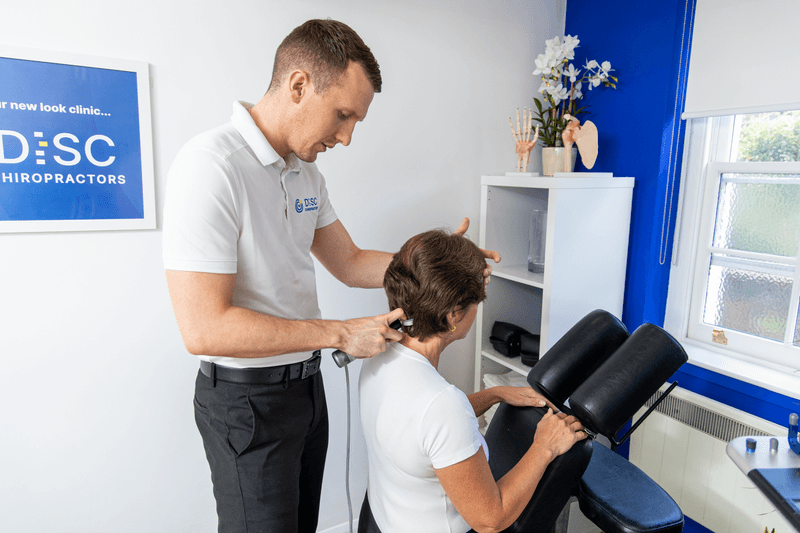
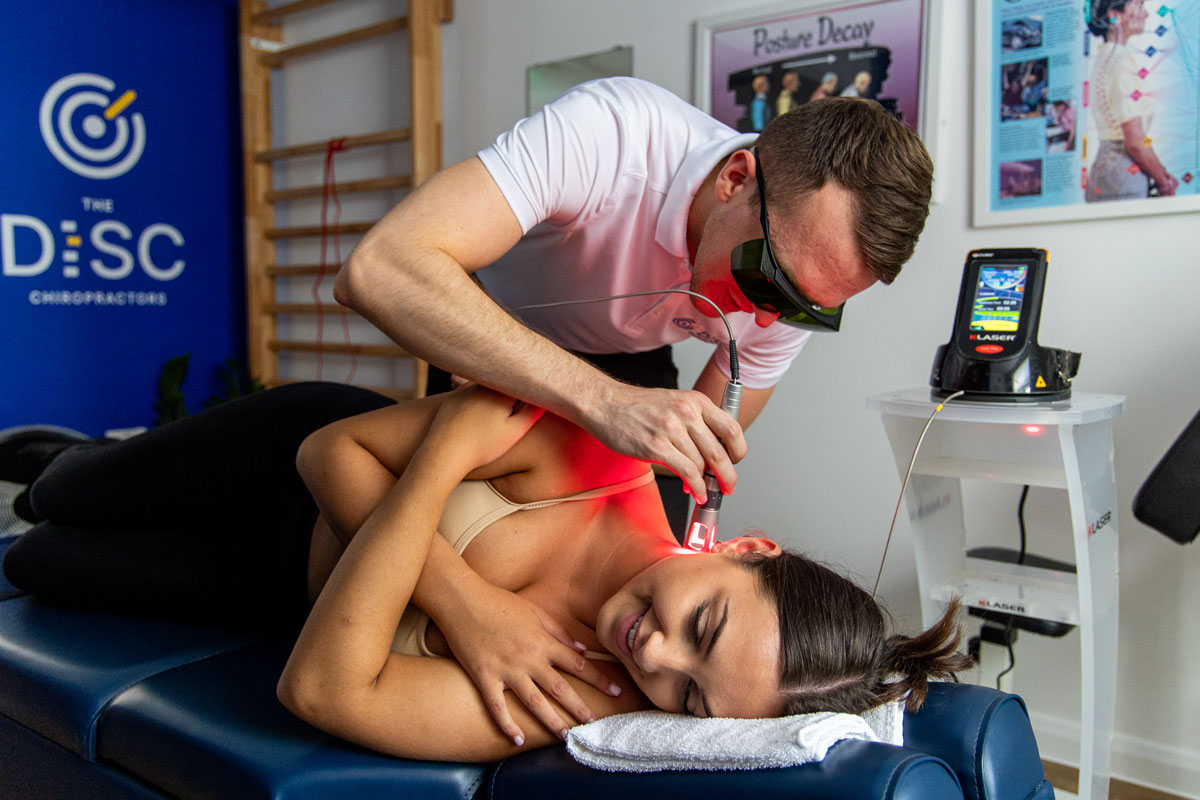
WHAT IS RADIATING LEG PAIN?
Radiating leg pain can be distinguished from referred pain as it is specific to pain that travels along a nerve pathway, it is most seen in the case of damage around the spine creating irritation at the nerve root known as radicular pain such as in the majority of cases of sciatica. However, it can also travel back up or down a nerve from injury or damage in other areas of the legs irritating local nerves. For example, the sciatic nerve is often irritated by the piriformis muscle or can get injured by an impact on the side of the fibula head on the outside of the knee.
Radiating leg pain can be split into two types based on which nerve groups are involved, namely the sciatic nerve in the back and lower parts of the leg and the femoral nerve that supplies the hip and thigh region. It is often described as a sharp, clearly defined pain although has the potential to have aspects of burning or throbbing pain too. It is not unheard of for the pain to jump from the site of the injury to another location, for example patients with sciatica often only initially notice pain in the calf area despite the damage being in the spine.
Radiculopathy
“Radiculopathy can be defined as the whole complex of symptoms that can arise from nerve root pathology, the pattern doesn’t just comprise of the radicular pain but also includes anaesthesia, paraesthesia, hypoesthesia, motor/muscle strength loss or muscle guarding and spasm.”
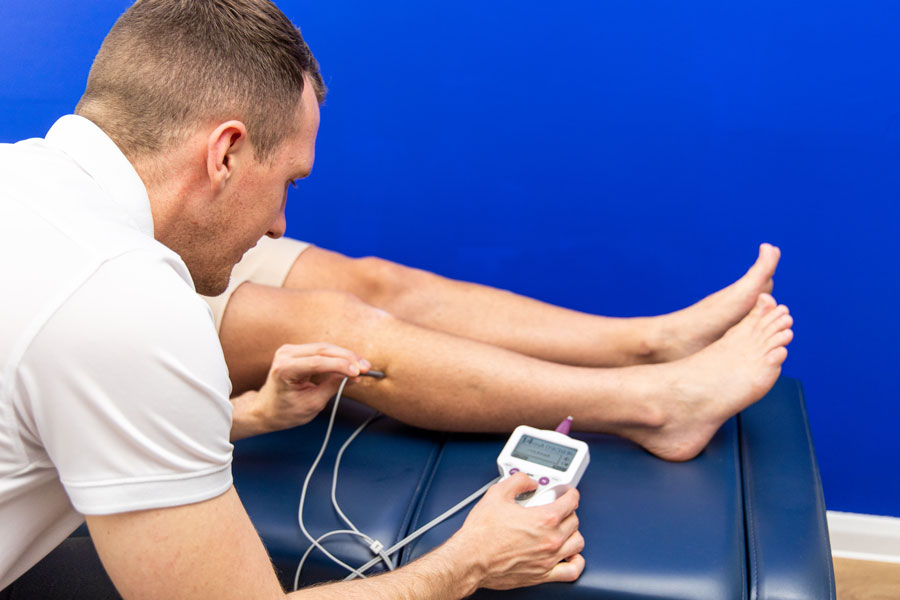
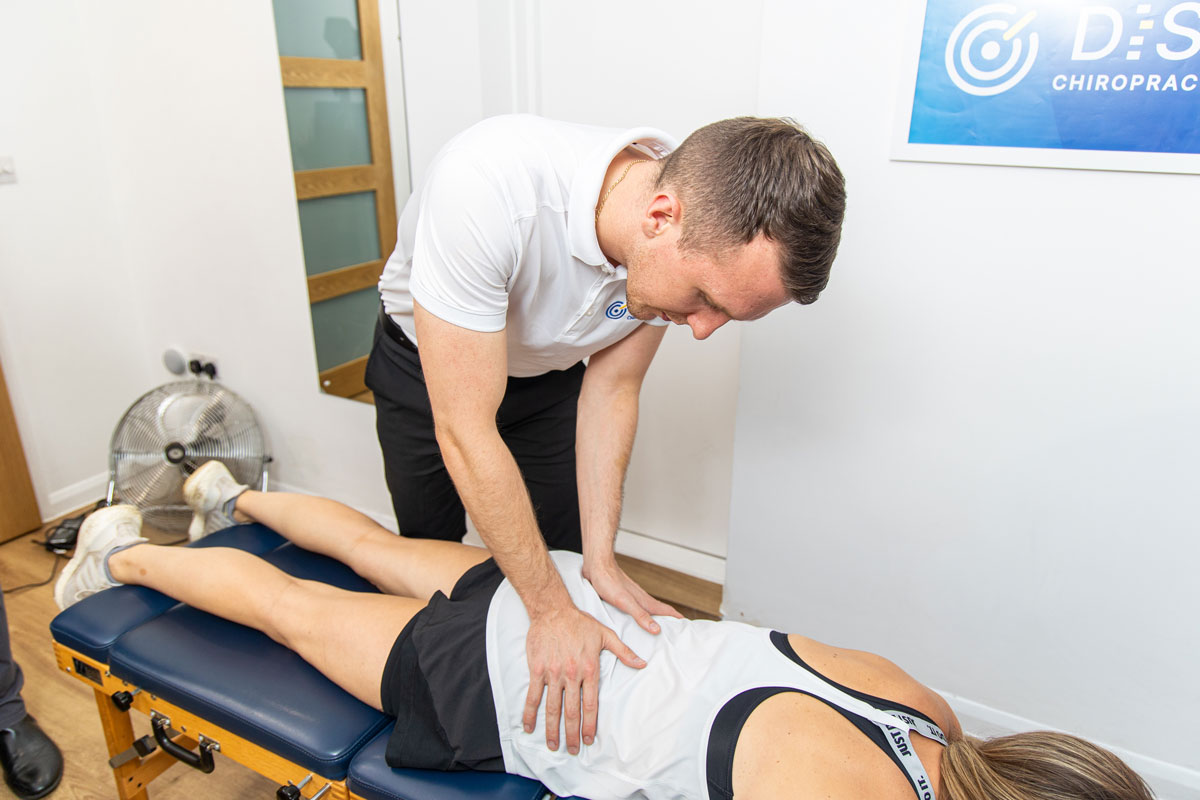
WHAT IS RADICULAR LEG PAIN?
Radicular leg pain is a specific example of both referred and radiating pain as it describes conditions that irritate the nerve root in the spine. The most common cause of radicular pain is disc herniations when the disc physically presses on the spinal nerves, but discs can also be damaged and release inflammatory mediators that irritate the nerve root.
Pure radicular pain is described as sharp shooting or stabbing pain which can often be traced very accurately along the specific nerve root pathway. Pain tends to be specific and rarely changes location once in situ.
WHAT IS A RADICULOPATHY?
A radiculopathy is an expansion of the radical pain pattern to encompass other sensory or motor effects. Radiculopathy can be defined as the whole complex of symptoms that can arise from nerve root pathology, the pattern doesn’t just comprise the radicular pain but also includes anaesthesia, paraesthesia, hypoesthesia, motor/muscle strength loss or muscle guarding, and spasms.
WHAT IS DISCOGENIC PAIN?
Stemming from issues with the intervertebral discs, Discogenic Pain involves damage to the outer fibres of the Intervertebral Disc, commonly felt as pain and discomfort spreading diffusely across the lower back into the glutes and hips.
A lesser-known cause of referred pain is Inflammatory Disc Disease where an internal inflammation within a previously damaged Intervertebral Disc, episodic flare-ups of pain felt diffusely across the lower back but can refer pain into the hips and upper thighs.
When a case presents at The DISC Chiropractors, it is quite rare for them to only have one distinct pattern of pain as described above, a more common scenario involves a complex pain pattern with two or more patterns overlapping each other.
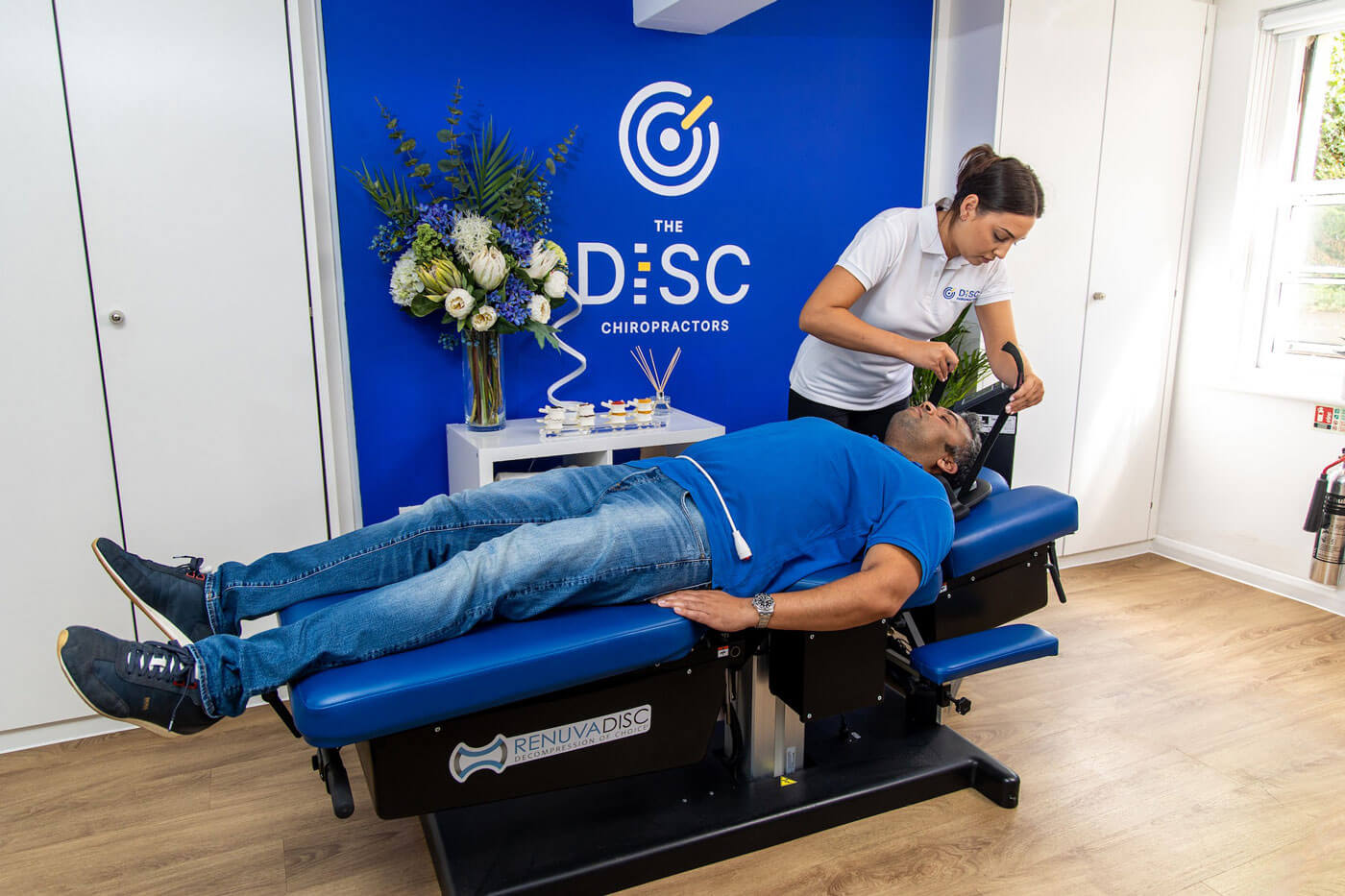

HOW TO DIAGNOSE LEG REFERRED PAIN?
Due to the overlapping symptoms of various conditions, diagnosing the root cause of leg referral pain can be challenging. Experience has taught us that relying on imaging such as MRIs can be deceptive and the best way forward is to depend on a comprehensive examination, including physical assessments, patient history, and diagnostic tests to pinpoint the origin of the pain.
Often at the start of a case, there is so much muscle guarding that many of the initial tests we would want to perform are limited due to the pain. Diagnosis in these cases is an evolving concept, with more specificity available as the patient begins to respond to care.
Understanding the intricate nature of leg referral patterns underscores the importance of a thorough and holistic approach to evaluating and diagnosing leg pain, leading to more effective management of symptoms and an improved quality of life.
WHAT IS THE BEST TREATMENT FOR REFERRED PAIN IN THE LEG?
Treatment strategies for leg pain referral vary based on the underlying cause, making accurate diagnosis key to recovery. From there a targeted treatment protocol can be determined, for example supporting unstable joints and moving restricted joints, whilst stretching tight muscles and rehabilitating weak muscles. Focus can be determined on the facet joints, sacroiliac joints, or discs as required.
Most cases that involve pain referral have moved beyond a simplistic model of pain, chronic or severe cases therefore often need additional energy to produce effective relief. Spinal decompression therapy is often the go-to provider of extra oomph when needing to break the pain cycle. This gentle traction-based therapy can decompress the disc, flooding it with nutrients whilst also alleviating the pressure on the nerve.
As well as physical therapies, options may include medication suggestions and lifestyle modifications. Emphasis is also placed on preventive measures, such as ergonomic adjustments and rehabilitative exercises to strengthen the back and leg muscles, which can mitigate the risk of conditions leading to referral pain.
Surgery is rarely required, only in about 6% of clinical sciatica cases, and both the medical and chiropractic world agree that in an ideal scenario, surgery should only be considered once non-invasive rehabilitation has failed. By keeping regular re-examination points and setting clear goals our clinicians will be able to assess whether further intervention is necessary, often co-management with injections is preferable to surgery. But patients are safe in the knowledge that even if they do end up under the knife the work they have done to mobilise and strengthen their spines will only aid in the recovery and improve any likely outcome.


Contact Us
If you would like to find out what we could do to help your Arm & Leg Referral Pain, please click the icon below to book a thorough consultation to evaluate your case.
